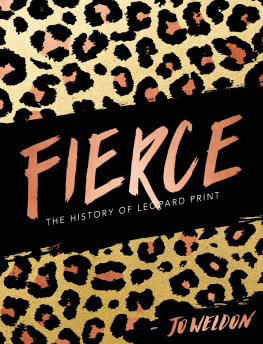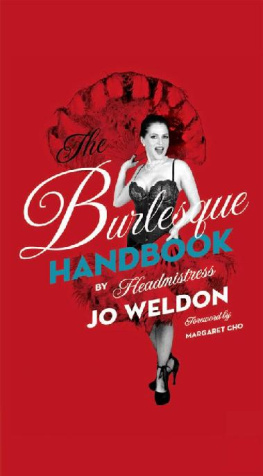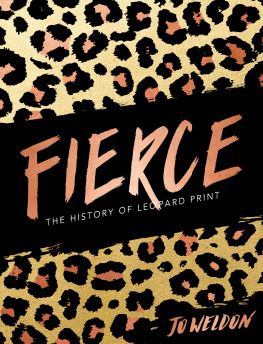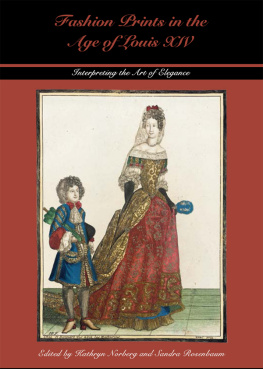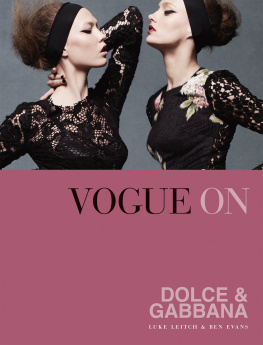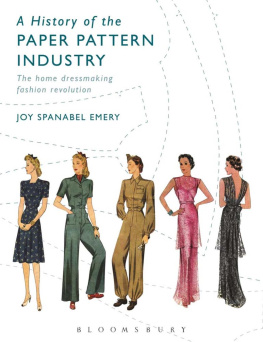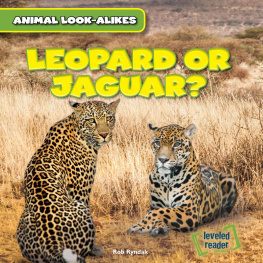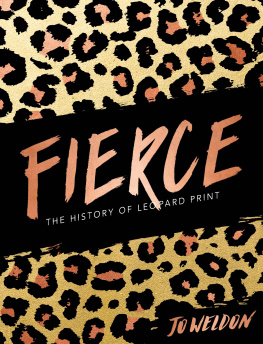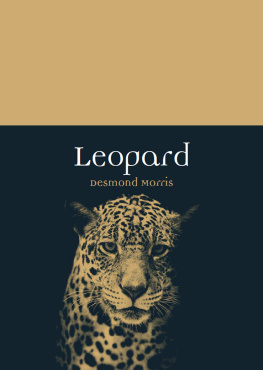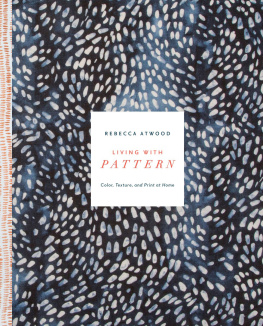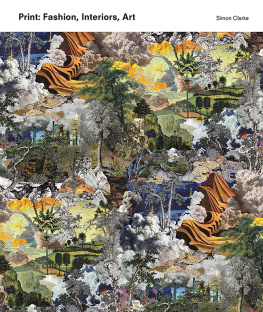Contents
Guide
Contents
Australia
HarperCollins Publishers Australia Pty. Ltd.
Level 13, 201 Elizabeth Street
Sydney, NSW 2000, Australia
www.harpercollins.com.au
Canada
HarperCollins Publishers Ltd
Bay Adelaide Centre, East Tower
22 Adelaide Street West, 41st Floor
Toronto, Ontario, Canada
M5H 4E3
www.harpercollins.ca
India
HarperCollins India
A 75, Sector 57
Noida
Uttar Pradesh 201 301
www.harpercollins.co.in
New Zealand
HarperCollins Publishers New Zealand
Unit D1, 63 Apollo Drive
Rosedale 0632
Auckland, New Zealand
www.harpercollins.co.nz
United Kingdom
HarperCollins Publishers Ltd.
1 London Bridge Street
London SE1 9GF, UK
www.harpercollins.co.uk
United States
HarperCollins Publishers Inc.
195 Broadway
New York, NY 10007
www.harpercollins.com
AS FAR AS IM CONCERNED, LEOPARD IS A NEUTRAL.
Jenna Lyons
L eopard print isnt in the dictionary. Perhaps some would argue that, since leopard is merely a modifier for print, the phrase doesnt qualify for its own entry any more than black lace. Still, there are listings for French seam and polka dot and tube sock, so why no entry for one of the most distinctive fashion phenomena of the twentieth and twenty-first centuries? The combination of these two words is uniquely evocative. Any lover (or hater, certainly) of leopard print knows that its so much more than just a print. Its a statement, a symbol, and an implication. The dictionary almost always lags behind slang and terms of popular culture, yet this excuse fails to satisfy when theyve had so much time to pick up on it. After all, the phrase cat caf was added to the Oxford Dictionaries in 2015. And when was the last time you saw a cat caf? As recently as the last time you saw leopard print? The author rests her case.
Since Wikipedia is crowdsourced, it should do a better job of reflecting current popular words and phrases. Yet a search for leopard print redirects to an entry for animal print, which includes all kinds of animalsbig cats, yes, but also monkeys and zebras and giraffes. The patterns of big cats deserve a special place. Zebras, while stunning, are not ferocious. Leopards are apex predators, which means they are at the top of the animal food chain. The desire to dress like a dangerous animal has a specific intention to it that simply dressing like a pretty animal doesnt convey. Those who choose to wear leopard print may not mean to say that they are predators, but they are definitely saying they are not prey. The print expresses the power they feel within or makes them feel armored against the power they may lack. Its impact is rooted in nature. Its a vivid form of nonverbal communication.
Urban Dictionary is a completely informal source of definitions, intended to help keep up with ever-changing slang. Anyone can upload a word or a phrase and a definition for it, and readers vote on whether they concur with the definitions. Its a sophisticated and millennial way of agreeing on the terms of communication, but its very much the Wild West version of a dictionary, much less carefully overseen than a traditional dictionary, or even Wikipedia. No authority denies its definitions. The sites top two definitions for leopard print contradict each other: One implies that animal print accessories are the province of ladies of the evening, a flattering assertion, though not accurate; plenty of sex workers get along without it, while people in just about every job often have a touch of it somewhere in their wardrobe. A completely different take on the meaning follows immediately thereafterthat being the nature of the Internetclaiming that leopard print is the pattern of a single or divorced woman 3555, intelligent, successful... far, far classier than the trashy cougar. (See for more on cougars.) So, according to the ultra-fresh culture of Urban Dictionary, leopard print is a marker of either sex work or/and mature feminine sophistication. However, while sex workers and sophisticated older ladies certainly have made their imprints on fashion over the years, there are people in every walk of life who wear the pattern, so its not truly a reasonable indicator of ones job or age. Not satisfied with such a narrow definition, this author had her way with it. As of this writing, Urban Dictionarys top definition is a pattern that helps animals blend in and humans stand out. Whether the phrase is formally accepted into the dictionary or not, one thing is certain: Leopard print is not going anywhere. The pattern packs too powerful a punch to the eye. Everyonefrom the most prestigious designers in the world to the most affordable chain storesacknowledges the prints unique value. One fashion designer after another claims it as their signature print, and it certainly is a signifier. Popular memes declare that leopard print goes with everything and that its a neutral. Though technically true, since the term neutral often refers to shades of brown and black, it is clearly a controversial neutral.
The human pupil dilates at the sight of a predator, a primal physical response thats similar for both fear and arousal. Leopard print evolved in nature to help the cats fade into their surroundings as they survey their prey. Through the alchemy of fashion, it both retains its power and tweaks its origins. People who wear leopard print arent afraid to make themselves visible. They wear it to stand out, not to blend in. They wear it to feel cultured and to simultaneously make a connection to nature. They wear it to entertain, to draw attention, to be noticed. They wear it to appear seductive, purposeful, luxurious, dangerous, and playful. It evokes both nocturnal intimacy and the lush outdoors. It refers to both the danger and innocence of nature. People speak of it with delight or disgust, but no one can simply ignore it.
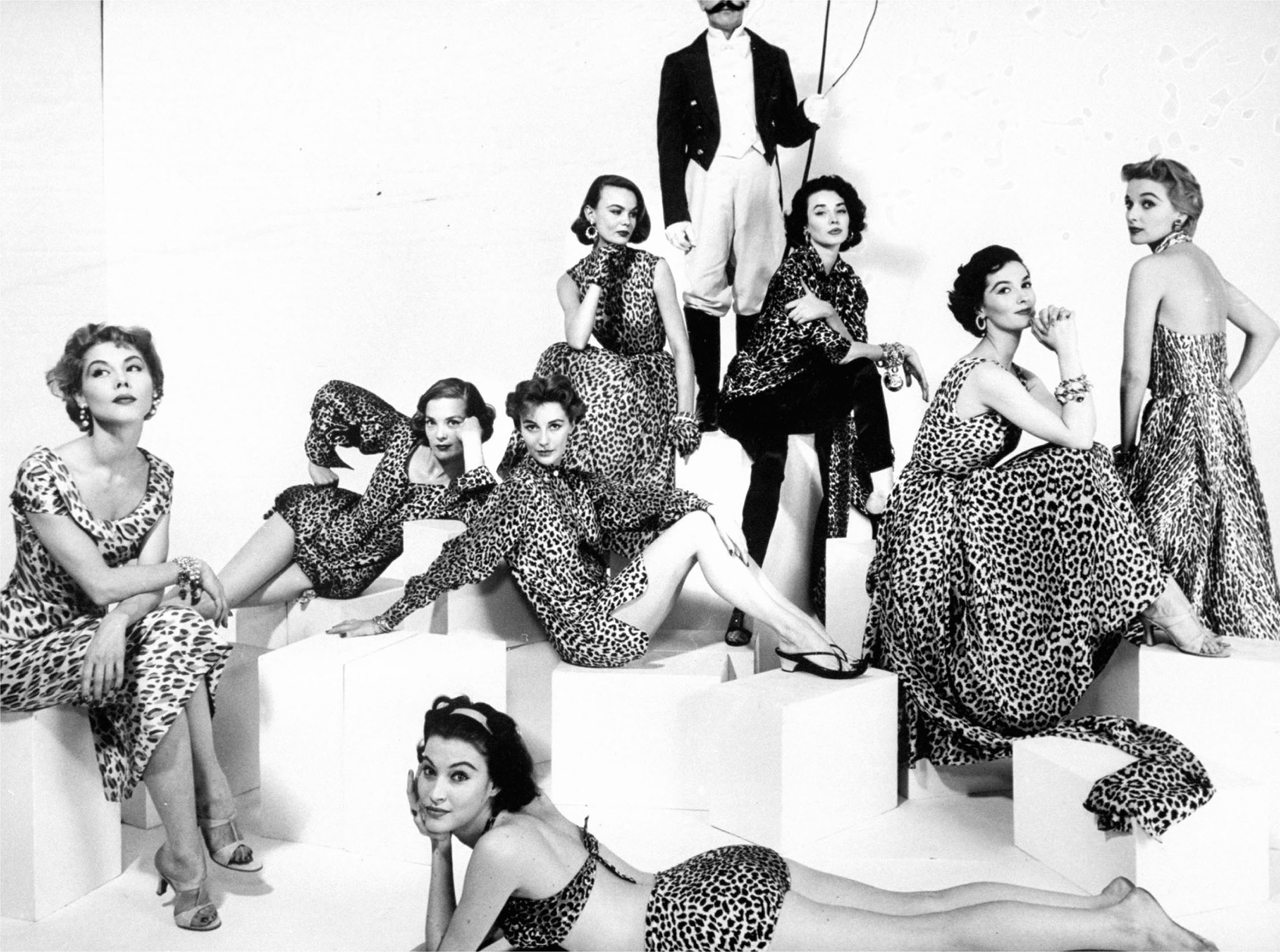
A group of models poses luxuriously in leopard print, 1953. The faceless man in the background holds a whip, but he clearly doesnt have a hope of mastering these ferocious women.
Eliot Elisofon / The LIFE Picture Collection / Getty Images.
Importantly, the phrase often also applies to patterns other than that of the actual leopard, including those for the snow leopard, clouded leopard, jaguar, ocelot, lynx, bobcat, and sometimes even tiger. For the purposes of this book, however, we will refer to all big-cat patternswhether printed, woven into fabric, embroidered, painted, and even on genuine furas leopard print, because the phrase is used that way in popular culture and media. Even more specifically, we will look at how these patterns have been employed in garments, particularly, though not solely, those worn by women.
In spite of the dictionary failing us, observing how leopard patterns have been worn tells us that leopard print is much, much more than the pattern of a leopard pelt imprinted onto fabric. The combination of leopard and print creates a whole far greater than the sum of its parts. The crowd-sourced definitions from Wikipedia, the potent feminine implications suggested at Urban Dictionary, and the mix of patterns found in the marketplace indicate an identity sought by the wearer as well as a cultural imperative around the phrase leopard print. It has an impact and a meaning beyond both its literal and figurative definitions. Over the past century, it has become more than merely the description of a pattern, but the name of a marketing term (used to call attention to patterns with which it is often confused), a fashion phenomenon, and a signifier of some kind of coded female presentation.

